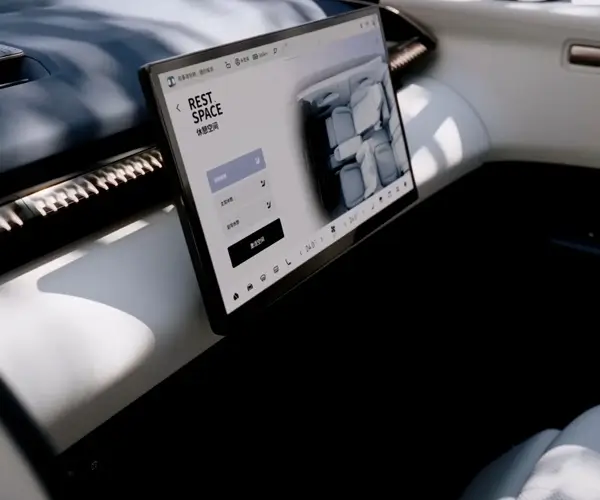Imagine building a robotic arm or a tiny drone that zips around your workspace — controlling how fast a servo motor spins becomes a game-changer. That’s where the magic of Arduino control for servo motors kicks in. It's like giving your project a brain upgrade, turning simple movements into smooth, precise actions.

Ever wonder how to dial down the speed of a servo motor without sacrificing control? It’s surprisingly straightforward. With a well-channed Arduino setup, you can manipulate the pulse width signal that communicates with the servo. By adjusting the duration of those pulses, you tell the motor exactly how fast or slow to move. It’s akin to a volume knob — twist it gently to slow things down or spin it up for quick actions. For instance, if you’re developing a camera stabilizer, managing speed can help ensure the camera moves with grace, not jerks.
Now, to get into the nuts and bolts—think of the servo as a discipline dancer. It has a limited range, usually 180 degrees, and adjusting how rapidly it moves within that range adds a layer of finesse. Using a PWM (Pulse Width Modulation) signal is the key. You can generate this with Arduino’s analogWrite or through libraries like Servo.h, but if speed control is your aim, coding custom PWM signals with variable timing gives you flexible control over the velocity.
Anybody who’s played around with Arduino a bit knows it’s pretty forgiving. You can start with simple sketches that gradually change the speed or position and see the motor respond in real time. That’s where the fun begins—watching a tiny motor respond to nuanced signals, transforming code into motion with a level of precision that’s fascinating.
Diving deeper, what do you do if your project demands a servo that accelerates smoothly? Implementing ramping algorithms — slowly increasing the PWM duty cycle — prevents sudden jerks and keeps movements natural. It’s like easing into a dance rather than jumping into a sprint.
If someone asks, "Can I control multiple servos easily?" Absolutely. Using a single Arduino, you can set up a network of servo motors, each with its unique speed settings, all managed concurrently. It’s like choreographing a mini ballet — each dancer moves at its own pace yet part of a harmonious performance.
People rave about how adaptable this setup is. Whether you’re tweaking to match a specific robot leg's walking rhythm or crafting a delicate robotic hand that needs gentle, controlled motions, controlling servo speed via Arduino opens up endless possibilities. You don’t need fancy equipment; your laptop, an Arduino board, and a handful of wires are enough to start experimenting.
One thing to keep in mind—precise control sometimes means a bit of trial and error. Set your initial parameters, test the movement, and refine. It’s a process that yields bigger results. It’s about making machines move how you want them to, with style and control. So, if you’re looking to add finesse to your robotic creations or DIY projects, mastering Arduino control over servo speed is where it all begins.
Established in 2005, Kpower has been dedicated to a professional compact motion unit manufacturer, headquartered in Dongguan, Guangdong Province, China. Leveraging innovations in modular drive technology, Kpower integrates high-performance motors, precision reducers, and multi-protocol control systems to provide efficient and customized smart drive system solutions. Kpower has delivered professional drive system solutions to over 500 enterprise clients globally with products covering various fields such as Smart Home Systems, Automatic Electronics, Robotics, Precision Agriculture, Drones, and Industrial Automation.




































